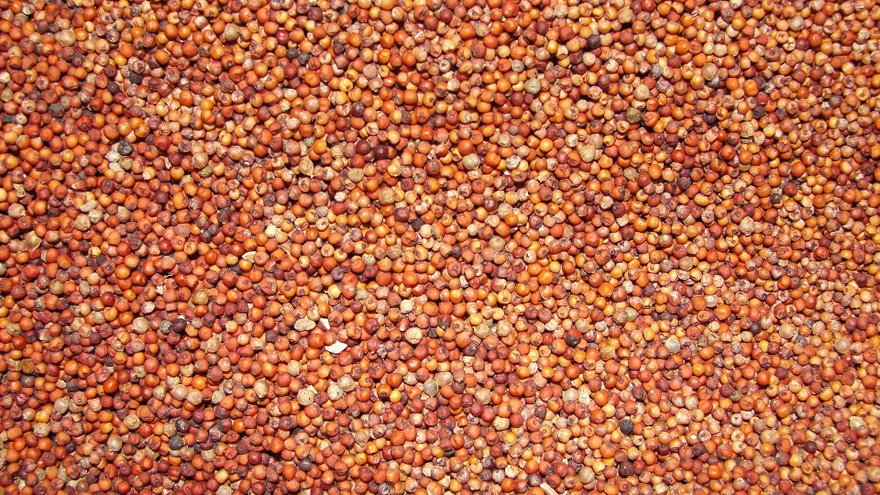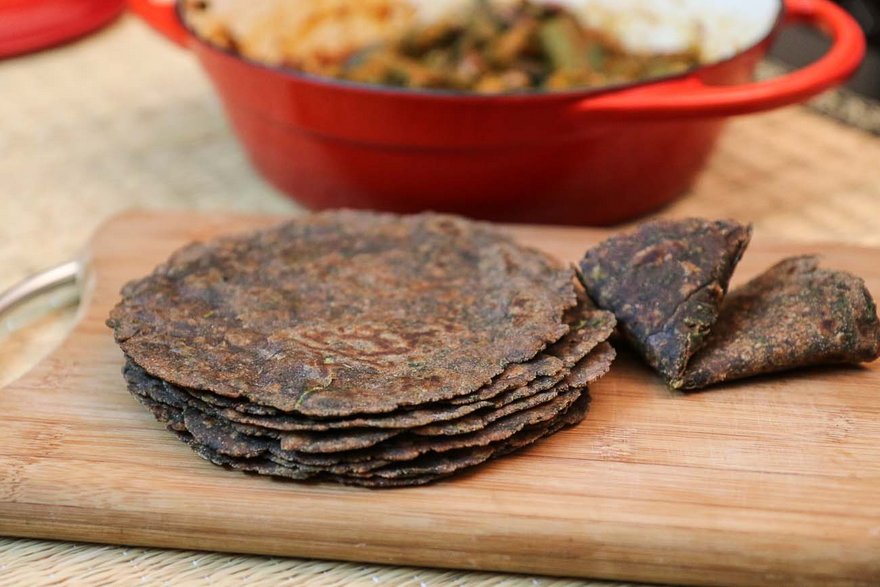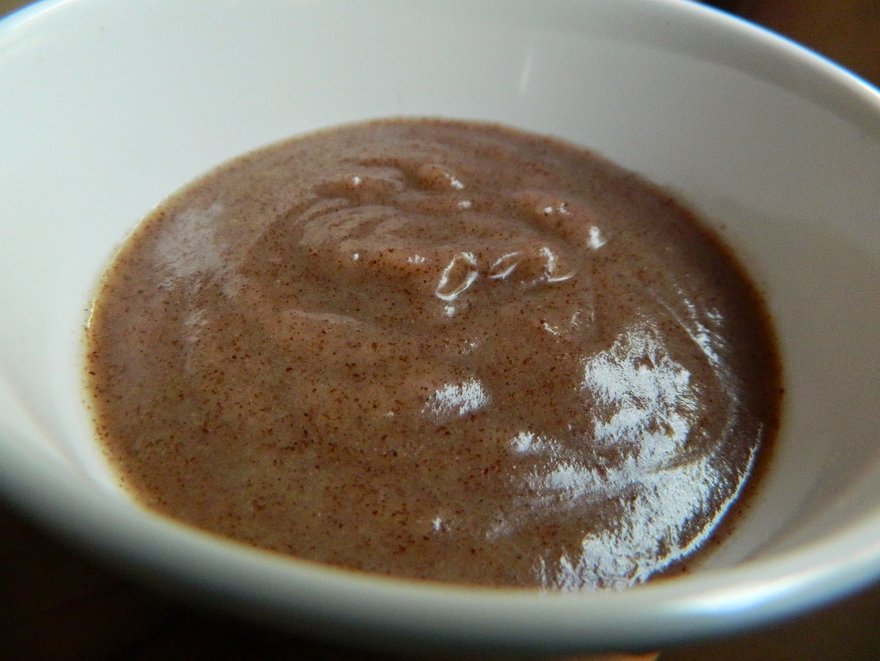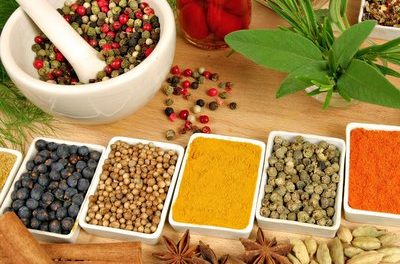Even though India is the highest producer of finger millet (ragi or nachni), contributing to about 58% of its global production, very few Indians know about its health benefits and nutritional value.
If you’re among those who are unaware about the benefits of including nachni in your diet, we give you 10 reasons why you should.
[wp_ad_camp_1]
1. Rich in Calcium:
No other cereal comes close to ragi when it comes to calcium content. Calcium is a significant factor when it comes to bone development and prevention of osteoporosis. Replacing calcium pills with a ragi kanji or porridge and including it in the diet of growing children is a good way to reap its benefits. You may also like to know the 9 reasons you should eat calcium rich foods.
2. Helps in Weight Loss:
The natural fat content in ragi is lower than all other cereals. Also, this fat is in its unsaturated form. Thus, substituting it for wheat and rice is a good choice for people trying to lose weight. It also contains an amino acid called tryptophan which reduces appetite.
3. High Fibre Content:
As compared to white rice, ragi contains higher amounts of dietary fibre. Due to this, ragi aids digestion, prevents over-eating and makes you feel full for a longer span of time. The amino acids lecithin and methionine help in decreasing the cholesterol levels of your body by getting rid of the excess fat in the liver. On the other hand, threonine hinders the formation of fat in the liver and provides overall reduction of body cholesterol.
4. Regulates Blood Sugar Levels:
The high polyphenol and fibre content has another perk. Diabetic patients can trust ragi to create a restrained build in glucose level. Diets that regularly include ragi have been known to have lower glycemic response. This is mostly down to the inclusion of bran in ragi as the grain is too small to be polished and milled. Know about how whole grains can prevent type 2 diabetes.
5. Battles Anemia:
Ragi is an excellent source of natural iron. Patients of anaemia and low haemoglobin levels can begin to include ragi in their diets as a domestic remedy. Vitamin C is known to aid the absorption of iron. Once ragi is allowed to sprout, the vitamin C levels increase and lead to further absorption of iron into the bloodstream. Read more about causes, symptoms, diagnosis and treatment of anemia.
6. Natural Relaxant:
The ample amount of amino acids and antioxidants in ragi help the body relax naturally. Common ailments like anxiety, insomnia, headaches and depression can be battled with ragi. The amino acid called Tryptophan is a major contributor to the relaxing effects of ragi.
7. Reduces the Risk of Stroke:
In its early stages of growth, that is, when it is still green, ragi can help prevent high blood pressure. The cholesterol levels in blood can be regulated too, leading to less plaque formation and blockage of vessels. As a result the risk for hypertension and stroke goes down significantly. You make like to read about the 6 lifestyle tips to prevent stroke.
8. Gluten-Free:
People with celiac disease or followers of the gluten-free diet can incorporate ragi into their daily consumption as it is completely free of gluten. Not many cereals can boast of this property since gluten is a major nutrient in all cereals.
9. Excellent Baby Food:
In Southern India, where ragi is widely consumed, babies as old as 28 days are fed ragi porridge at their christening. It is believed that ragi promotes better digestion. The high calcium and iron content is useful for the bone growth and overall development of the infant. Specially-processed ragi powders for infants are available widely to be used during weaning.
10. Boosts Lactation:
Lactating mothers are urged to include ragi, especially when it is green as it enhances milk handling and imbibes the milk with the essential amino acids, iron and calcium required for the nutrition of the mother as well as the child.
The production of milk is also affected positively. Ragi is prescribed to the mothers that wish to increase the quantity of milk produced for their baby. You may want to know the health benefits of whole grains.
Source: www.thehealthsite.com












